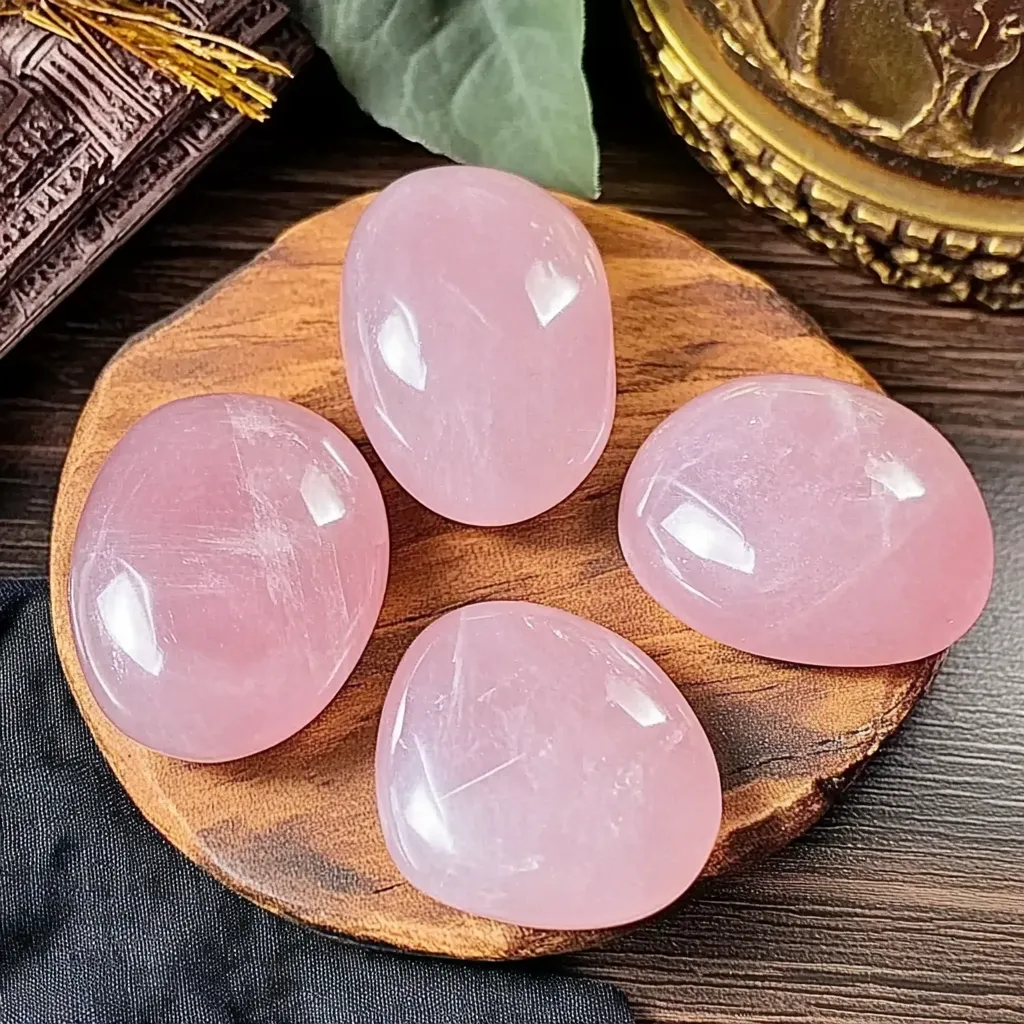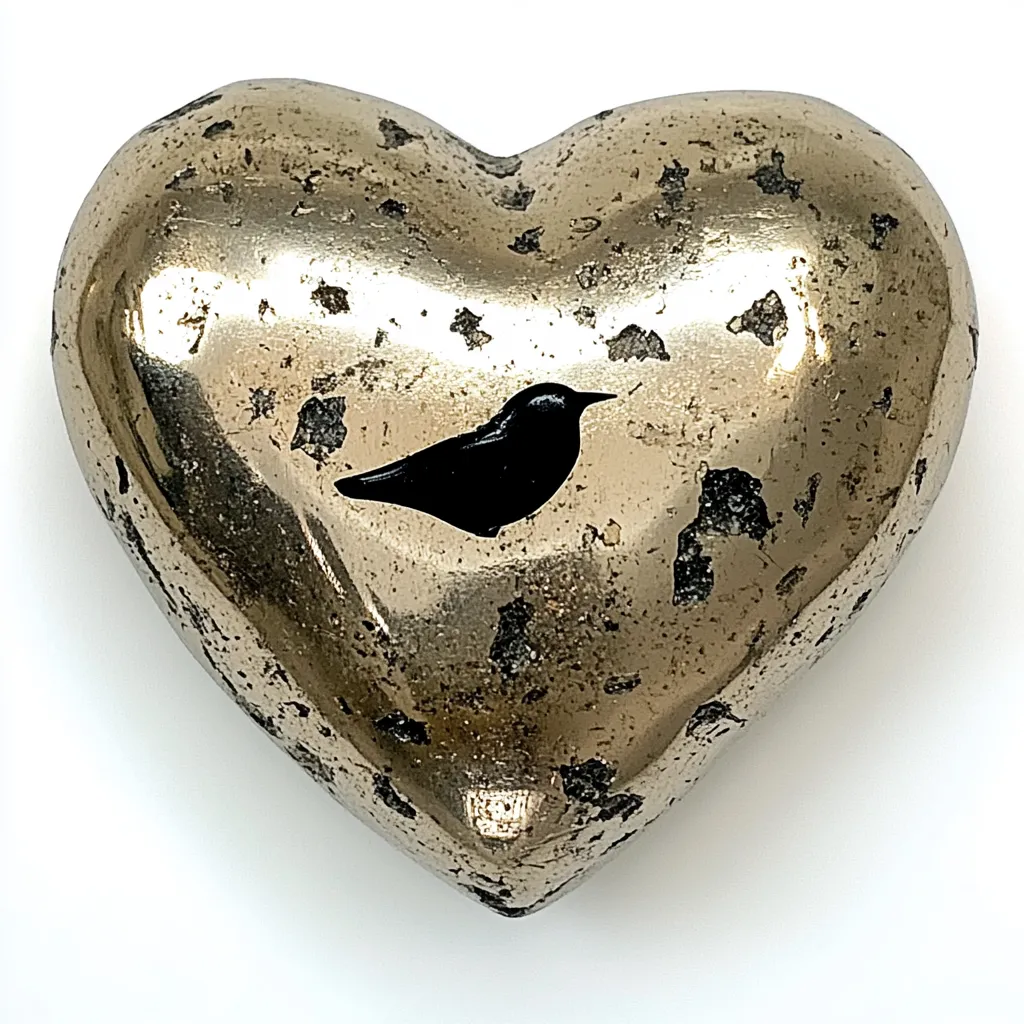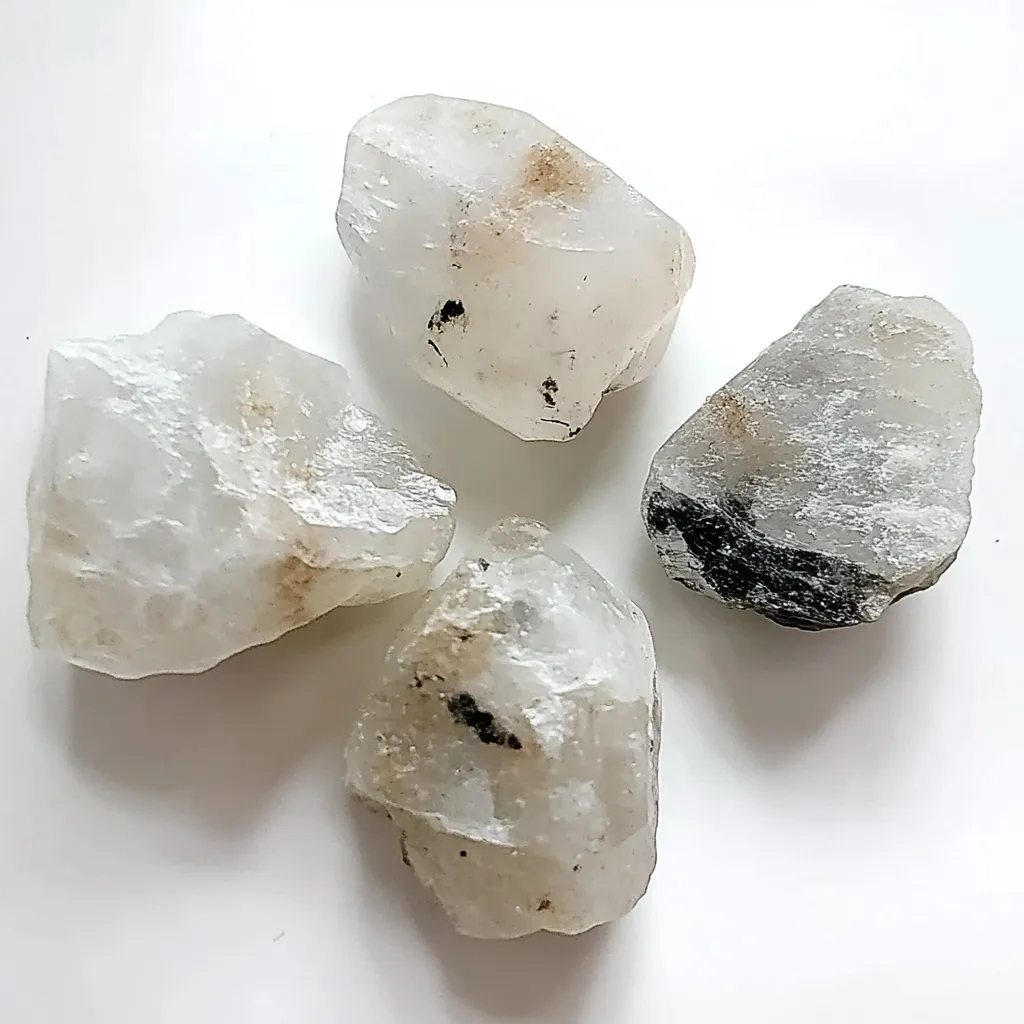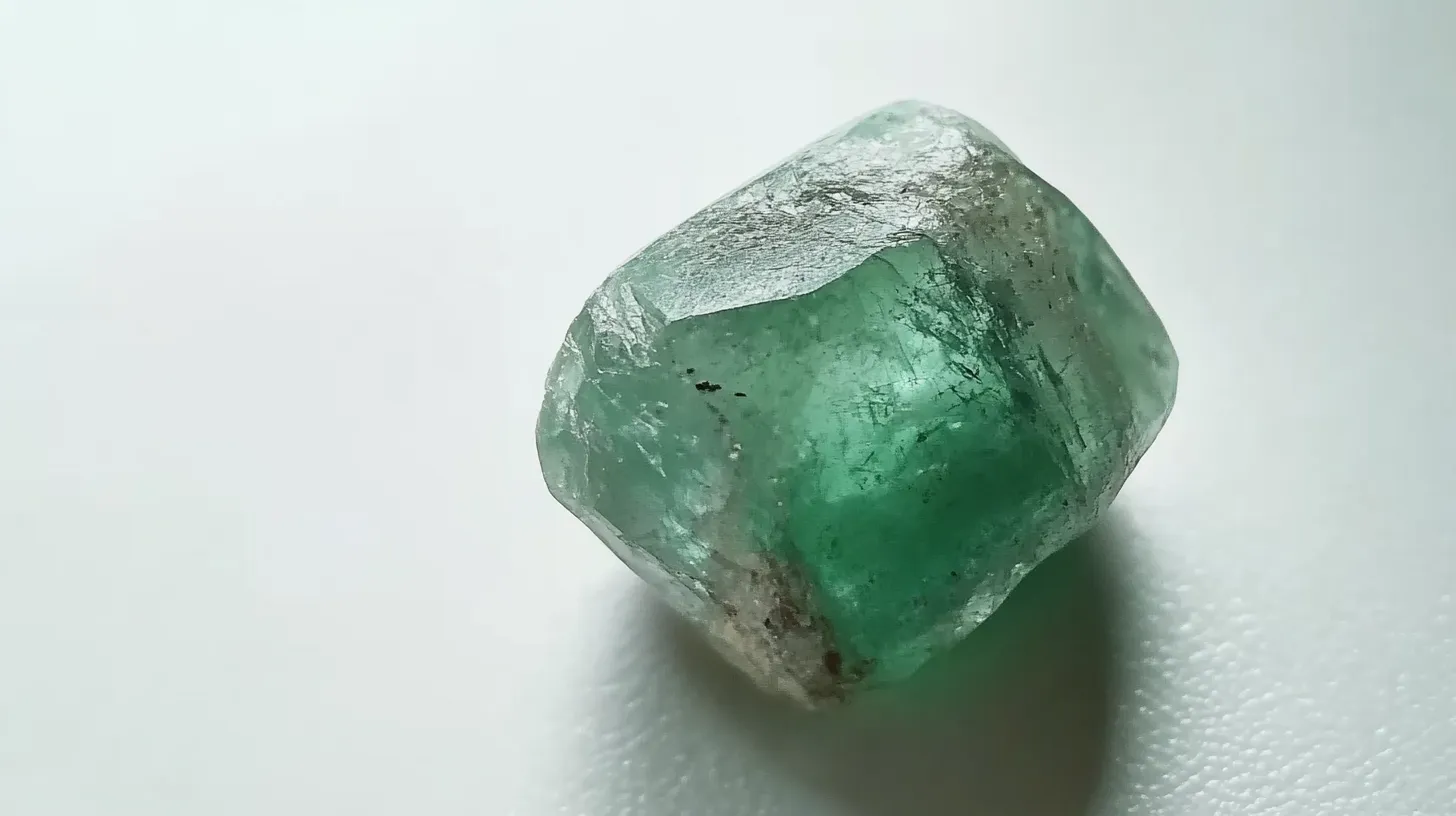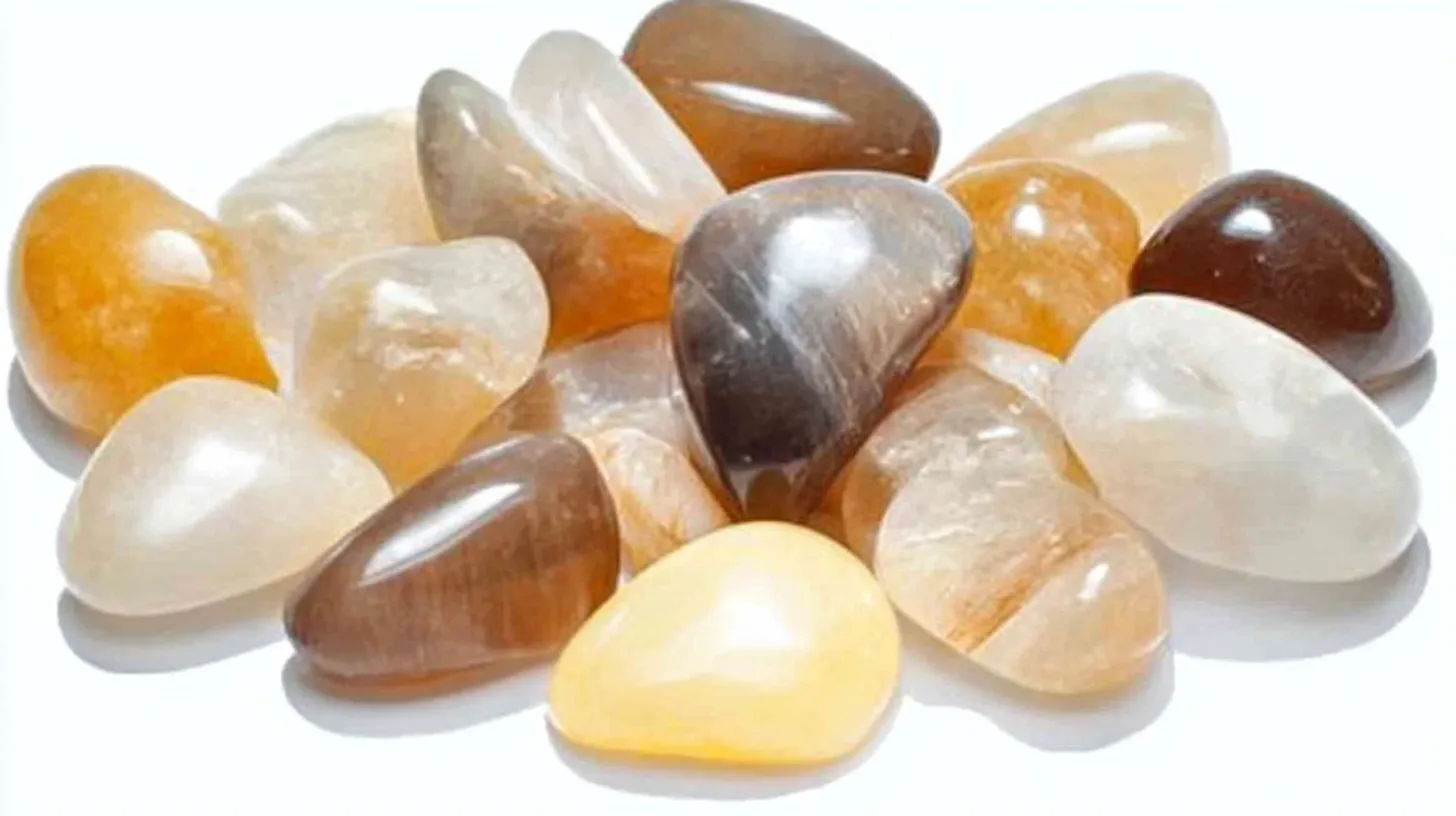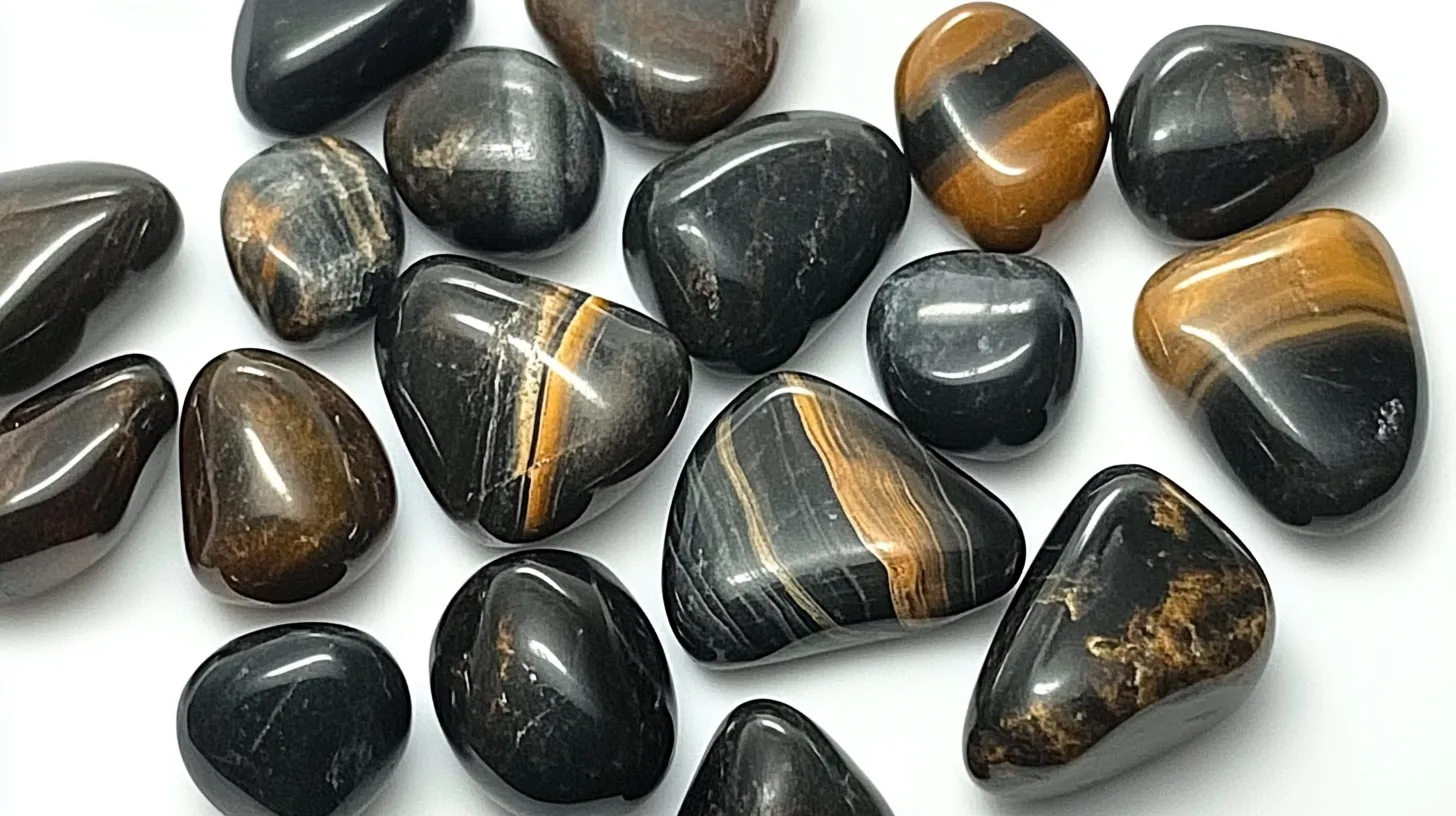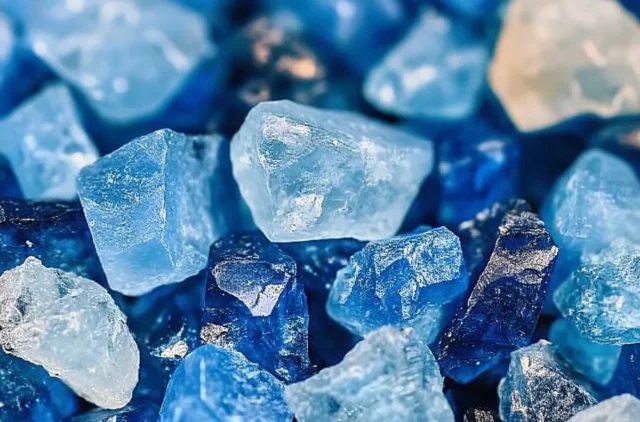

Sapphire Gemstone’s Scientific Characteristics
Comprising aluminum oxide with trace elements including iron, titanium, chromium, and magnesium, sapphire is a variation on the mineral corundum. These factors affect its color; thus, sapphire is more than just the classic deep blue gem. Second only to diamonds, its Mohs hardness of 9 makes it among the toughest natural gemstones. Because sapphire is so durable, it is a common choice for jewelry since it guarantees it won’t scratch or break with daily use.
Sapphire boasts amazing brilliance based on its optical qualities; its refractive index falls between 1.76 and 1.78. It also shows pleochroism, which is the ability to show several colors depending on perspective. Certain sapphires even exhibit asterism, a star-like impression found in cabochon-cut stones, brought on by rutile inclusions that resemble needles. Particularly sought after in star sapphires, these effects make them distinctive and valuable in the gemstone market.
Sapphire Specifications
| Specification | Details |
|---|---|
| Class of Mineralism | Corundum |
| Chemical Formula | Al₂O₃ (Aluminum Oxide) |
| Mohs Hardness | 9 |
| Index of Refractive Action | 1.76 – 1.78 |
| Pleochroism | Yes (shows multiple colors from different angles) |

Colors in Sapphire Gemstones
While most people associate sapphire with deep blue, it actually comes in practically every color, with the exception of red, which is considered a ruby. Yellow and green sapphires contain iron; blue sapphires get their color from trace levels of iron and titanium. Traces of chromium give pink sapphires their color; the deeper the pink, the more closely they resemble rubies. Each is formed by distinct mineral impurities: white, orange, purple, and even black sapphires also exist.
One of the rarest sapphire types is the Padparadscha sapphire, a gorgeous pink-orange stone mostly discovered in Sri Lanka. The unusual color of these jewels makes them highly sought after. Color-changing sapphires are also available, varying from blue in daylight to violet under incandescent light due to their vanadium content. A versatile and beloved gemstone, sapphire colors enable different jewelry designs and personal preferences, allowing for varied tastes.
Sapphire Color Variations
| Sapphire Color | Trace Elements Responsible |
| Blue | Titanium & Iron |
| Yellow | Iron |
| Pink | Chromium |
| Green | Iron and other trace elements |
| Orange-Pink (Padparadscha) | Iron & Chromium |
| Color Change | Vanadium |

Sapphire Gemstone Benefits for Spirituality
Sapphire is often called the “Stone of Wisdom” because it is believed to enhance mental clarity, insight, and intuition. Many spiritual practitioners use sapphire to strengthen their connection to higher consciousness, making it an essential gemstone for those seeking spiritual enlightenment. Blue sapphire, in particular, is associated with the throat chakra, aiding communication, self-expression, and truth-seeking.
Another significant spiritual benefit of sapphire is its ability to bring inner peace and emotional balance. It helps to calm the mind, dispel negative thoughts, and promote a sense of serenity. Many believe that wearing sapphire or meditating with it can enhance personal spiritual growth, making it a powerful tool for those on a spiritual journey.
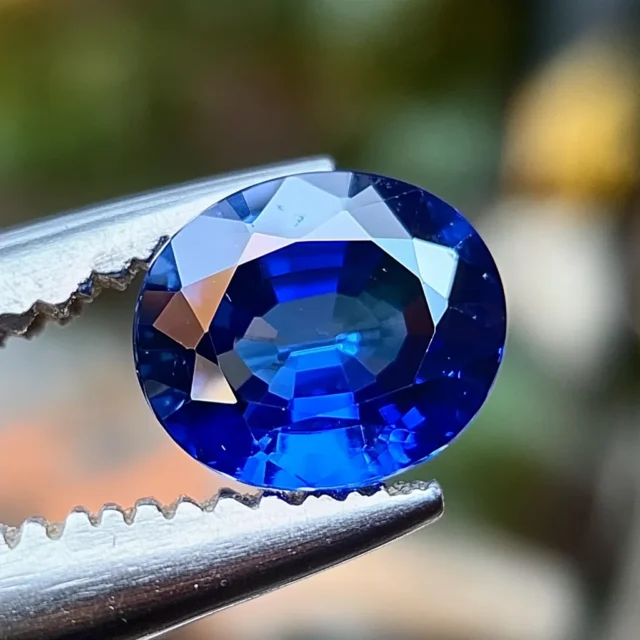
Meditation with Sapphire Gemstone
Meditating with sapphire can help improve focus and concentration. Due to its strong vibrational energy, sapphire is believed to deepen meditation sessions by enhancing mental clarity and opening spiritual channels. Holding a sapphire stone while meditating allows its energy to align with the third eye and throat chakras, bringing heightened awareness and wisdom.
Some people like to place a sapphire stone on their forehead while lying down during meditation. Activating the third eye chakra through this practice is believed to enhance intuition and psychic abilities. Using a sapphire mala (prayer beads) can heighten the spiritual experience for those who practice mantra meditation, encouraging inner peace and divine connection.

Meditation Practices with Sapphire
| Practice | Effect |
| Holding in hand | Sharpens clarity and concentration |
| Placing on forehead | Activates third eye for intuition |
| Using in a mala | Deepens spiritual connection |
| Incorporating in meditation | Encourages harmony and balance |
Gemstone Sapphire and Feng Shui
Feng Shui claims that sapphire is a stone of protection and wealth. By putting it in the house or office, one can guarantee a harmonic and peaceful surroundings by helping to establish a positive energy flow. Blue sapphire is connected to the water element, which stands for clarity, knowledge, and introspection, so it enhances its value for use in improving career success and decision-making.
As sapphire relates to career development and wisdom, it is ideal for Feng Shui placement in the north area of the house or business. Additionally helpful for drawing financial success is a sapphire in the wealth corner (southeast). Additionally, a personal Feng Shui cure is wearing sapphire jewelry, which helps to block negative energy and improve general well-being.

Zodiac Gemstone and Sapphire
Numerous zodiac signs, most notably Virgo, Sagittarius, and Taurus, are strongly associated with sapphire. Sapphire is a great stone for Virgos since it helps them to improve focus and organization, enabling their detail-oriented nature. Renowned for their insatiable curiosity and adventure, Sagittarius people can use sapphire to encourage wisdom and spiritual illumination.
Since sapphire helps Taurus signs stay grounded and emotionally balanced, they also find immense benefit. Moreover, blue sapphire is the birthstone for September; thus, it’s a perfect present for someone born this month. People believe that wearing sapphire as a birthstone bestows protection, luck, and loyalty upon the wearer.
Sapphire Benefits for Zodiac Signs
| Zodiac Sign | Advantages of Sapphire |
| Virgo | Improves discipline and focus |
| Sagittarius | Fosters intuition and wisdom |
| Taurus | Offers emotional stability |
| September Birthstone | Brings protection and luck |

Location for Sapphire Gemstone Setting
The use of a sapphire gemstone will determine where best to keep it. If used for spiritual needs, putting it in a holy place—such as an altar or a meditation room—allows its power to remain undisturbed and strong. Furthermore, encouraging peaceful sleep and spiritual dreams is keeping Sapphire close to the bed.
Jewelry, including rings, pendants, or bracelets, guarantees the stone stays in continuous contact with the body for those wearing sapphire for personal protection or emotional balance. Both professionals and students would find a sapphire to be a wonderful stone in an office environment since it improves concentration and clarity of decision-making.
Handbook for Cleansing Sapphire Gemstone
Regular cleaning is necessary to maintain the physical integrity and energy of sapphire. The easiest approach is gently drying it with a soft cloth after rinsing it under lukewarm running water. Overnight sapphire in a bowl of sea salt helps release accumulated negative energy for deeper cleansing.
Another great cleaning technique is moonlight exposure for the gemstone, especially during a full moon. For the positive vibration charging of sapphire, this approach is perfect. Some people also like smudging the stone with sage or palo santo, using the smoke to release unwelcome forces. Regardless of the technique, regular cleaning ensures sapphire maintains its powerful and healing properties.
Cleansing Techniques for Sapphire
| Cleansing Technique | Outcome |
| Running Water | Clears both physical and emotional debris |
| Soaking in Sea Salt | Releases negative energy |
| Moonlight Exposure | Renews positive vibrations |
| Smudging | Removes negative spiritual influences |

Questions and Answers
More Facts About Sapphire
Values and Colors in Sapphire
The color range of sapphire is among its most amazing features. From the traditional deep blue to tones of green, yellow, pink, and even colorless, the spectrum of sapphire colors spans By grouping these variations according to hue, tone, and saturation, the Sapphire Colors Chart enables consumers to better appreciate the desirability and rarity of every shade.
Colors, Clarity, Size, and Origin
Colors, clarity, size, and origin all help to define the Sapphire Value. Deep blue sapphires with outstanding transparency and little inclusions are the most highly prized ones. Among all kinds, the most valuable sapphire is the rare and beautiful Padparadscha sapphire, with a pink-orange tint.
| Sapphire Type | Color Description | Value Indicator |
|---|---|---|
| Deep Blue Sapphire | Rich deep blue, high transparency | Highly prized |
| Padparadscha Sapphire | Pink-orange hue | Most valuable |
| Yellow Sapphire | Warm golden tone | Popular in jewelry |
Variations in Sapphires
Among the several forms that sapphires take are faceted gems and Sapphire Gem Eggs, smooth, oval-shaped objects sometimes used for decoration and meditation. Rough sapphire also refers to uncut and untreated stones, which lapidary artists and collectors generally value for their raw beauty.
Natural sapphire, a unique kind of sapphire devoid of any synthetic treatments, is These stones’ natural formations and authenticity make them quite valuable in the gemstone market. Another unusual variation is the natural yellow sapphire, whose warm, golden color has made it rather well-known in jewelry.
Sapphire Against Other Gemstones
Many people start comparing sapphires with other well-known gemstones. For instance, the gemstone community often debates Aquamarine vs. Sapphire. Although both are blue, aquamarine usually looks lighter and more transparent than sapphire, which is renowned for its strong, rich colors and more hardness.
Red sapphire against ruby is another often-used analogy. Despite belonging to the same corundum family, rubies receive a different classification due to the chromium that contributes to their intense red coloration. Red sapphires, on the other hand, are sometimes referred to as pink sapphires and have softer tones.
Notable Sapphire Sites and Mineral Mining
All over the world, people mine sapphires, with some sites particularly renowned for their superior stones. A popular American location where aficionados may hunt for their sapphires is the Mason Sapphire Mine. Mining for sapphires can be a fulfilling endeavor, as they come in a variety of colors and sizes.
| Mining Location | Notable Characteristics |
|---|---|
| Mason Sapphire Mine (USA) | Known for sapphire hunting opportunities |
| Sri Lanka | Source of rare Padparadscha sapphires |
| Madagascar | Produces sapphires in various colors |
Sapphire Cuts and Jewelry
A sapphire’s beauty and value are much influenced by the cutting technique. The Sapphire Emerald Cut, with its rectangular shape and step-cut facets that enhance the clarity and depth of the stone, is considered one of the most elegant cuts. Engagement rings and statement jewelry pieces especially love this cut.
Another fascinating variation that has lately attracted attention is green sapphire. Those who like unusual gemstone colors will find these sapphires a special selection since they show tones of olive, forest green, and teal.
Place of Sapphires in Real Estate and Culture
Fascinatingly, sapphires are influencing the market for gemstones. Often named for the historical link to sapphire mining, the term Sapphire NC Real Estate describes a part of North Carolina renowned for its gorgeous scenery and luxury homes.
From their appearance in historical crowns to contemporary engagement rings, sapphires remain a symbol of riches, wisdom, and grace. Whether your taste in gemstones is for the golden glow of a natural yellow sapphire or the deep blues of a classic sapphire, both stones have ageless beauty and outstanding value.

